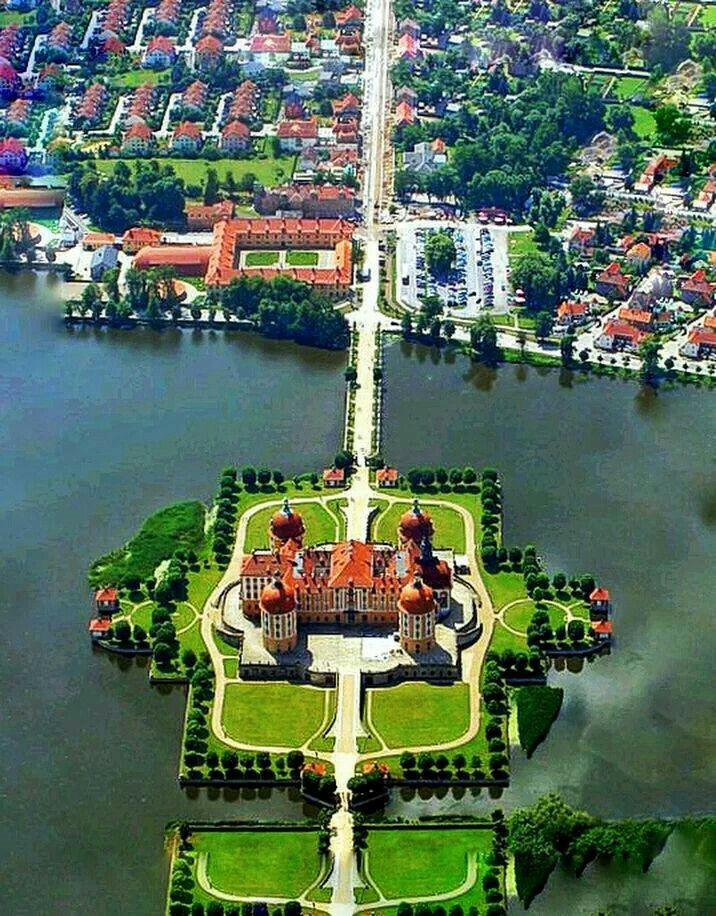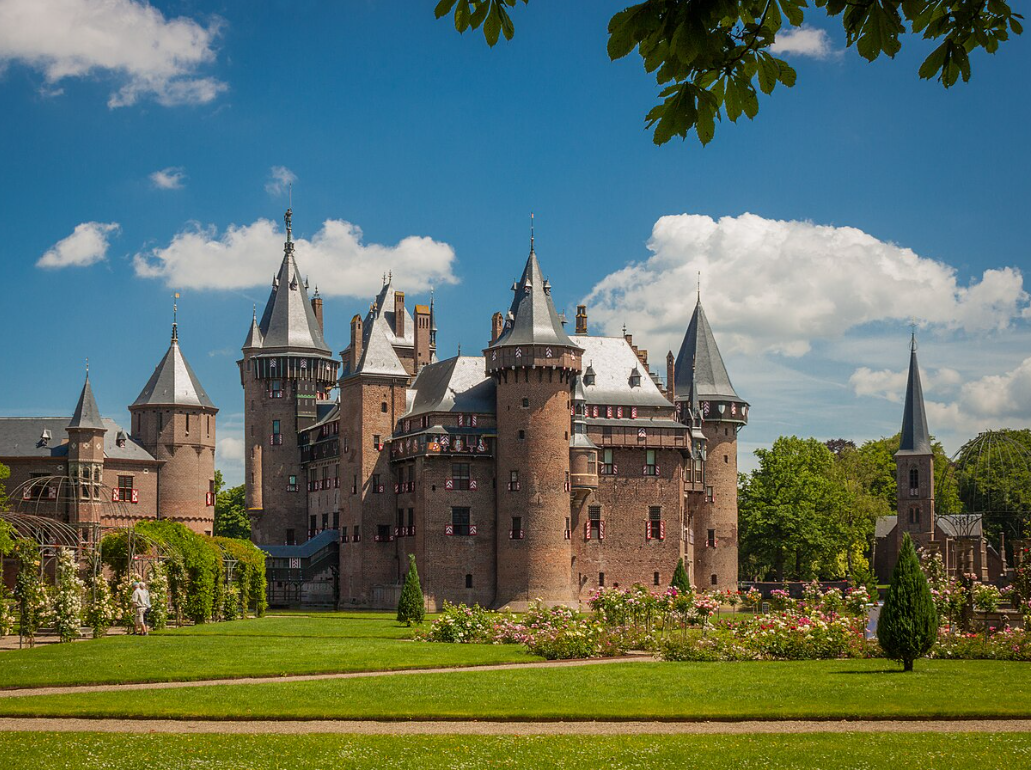Arundel Castle, a striking symbol of England’s medieval heritage, was established in 1067 by Roger de Montgomery, one of William the Conqueror’s most trusted allies. Situated in the picturesque town of Arundel in West Sussex, the castle has played a significant role in English history for nearly a millennium. Initially constructed as a motte-and-bailey fortification, Arundel Castle has undergone numerous transformations. Its robust stone keep, which dates back to the late 11th century, stands as one of the earliest surviving examples of Norman military architecture. The castle’s strategic importance was evident throughout the medieval period, and it played a pivotal role during the English Civil War. In the mid-17th century, the castle sustained considerable damage when Royalist forces, who held it, were besieged by Parliamentary troops.
Following the civil war, extensive restoration and remodeling efforts were undertaken, most notably by Charles Howard, the 11th Duke of Norfolk, in the late 18th and early 19th centuries. His work restored much of the castle’s former glory while incorporating Gothic Revival elements, which were popular at the time. These efforts ensured that the castle retained its historical character while adapting to more modern standards of comfort and style.
Arundel Castle has been the seat of the Earl of Arundel and, subsequently, the Duke of Norfolk for over 400 years. This long lineage of aristocratic stewardship has seen the castle’s continual adaptation and preservation. Today, it remains under the care of the 18th Duke of Norfolk. As a Grade I listed building, Arundel Castle is recognized for its exceptional architectural and historical significance.
Presently, Arundel Castle is a prominent tourist attraction, drawing visitors from around the world. Its magnificent halls, meticulously maintained gardens, and breathtaking views of the South Downs offer a unique glimpse into England’s storied past. The castle’s rich history, combined with its enduring beauty, makes it a testament to the enduring legacy of England’s noble heritage.


